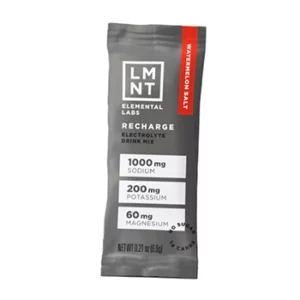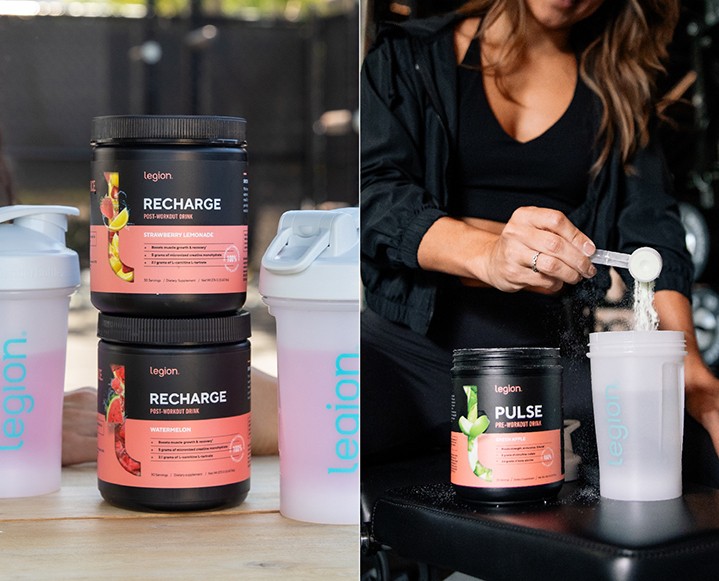You don’t know glow until you’ve started using face oils. Even for skin types that tend to freak-out, face oils can be a complexion game-changer – but only once we’ve found the right one. Hollywood’s green beauty guru, Katey Denno, is breaking down the trend that’s here to stay, from basics to how to find our faces’ new best friend. Need more proof? Just take a peek at the uber-glowy look Katey has given model Kyla Moran above…
At this point, you’ve heard about, and likely tried using a facial oil, right? As a makeup artist, I’ve had the luxury of trying tons of different ones on my own face, and on my clients’ – each of whom presents with a different skin type, texture, and affinity for one scent and viscosity, over another. Over the past 10 years, I’ve tested at least 75% of the face oils sold in the US marketplace, and countless others that are bottled around the world. That’s hundreds of little bottles filled with glowing, silky, hydration – each containing their own unique recipe of plant-derived ingredients meant to boost collagen and restore bounce and luster to skin.
All of this tactile experience with these oils, coupled with all that I’ve read about them (which includes a lot of contradictory information) means I know face oils rather well. It also means I know how confusing it can be to pick one for yourself.
Thanks to the steadily growing green beauty industry, we’re all a bit more aware that what we put on our skin makes its way into our blood stream and has an overarching effect on our ecosystem, leading us to favor brands that use organic and/or non-GMO ingredients. Getting back to nature, and utilizing the strength of botanical extracts to hydrate our skin at the deepest of layers, we’ve turned the corner away from the oil-free marketing push of the past three decades, and the revenue numbers are showing: we are embracing the great power of nature to turn back the clock and heal our skin while reversing sun spots, clearing acne and its scars, and preventing lines and wrinkles.
Below you’ll find the questions I’m most frequently asked about facial oils, which I’m hopeful will help inform your choice as to which one/s will be right for you. Here’s to your beautiful skin!
Q: My skin is more oily/breakout prone. Won’t facial oil just add to the problem?
A:
Nope, not if you pick the right oil/s! There are always contributing factors at work when skin is chronically oily and breakout prone: your diet, hormones, if you’re a pimple-picker, the cleanliness of your smartphone, your pillow case, your hair. However, applying the right oil -and the right amount of oil – to oily skin truly can help manage pore-clogging sebum. Look for lighter oils that are high in linoleic acid or oil blends containing jojoba, rosehip, tamanu, grape seed oil, evening primrose, prickly pear seed oil, and sunflower oil.
My Top Recommendations: Jenette Skincare ‘Be Clean’ Detoxifying Elixir, Desert Essence pure jojoba oil, Biossance Squalane + Vitamin C Rose Oil, Marie Veronique Treatment Oil
Q: I have rosacea. Are any face oils ok for me?
A:
Yes! Brands like Marie Veronique have created products that specifically heal and hydrate rosacea-prone skin. I tapped the extremely knowledgable Gay Timmons, of Oh Oh Organics, for her take on this. She says: “The current thinking is that perhaps the use of soap and moisturizers with preservatives are impairing your own immune system, thus triggering flare ups. Try cleansing with coconut or camellia, using tepid water and a gentle wash cloth to exfoliate.”
Q: My skin is chronically dry. Which oils are right for me?
A:
Introducing a face oil into your daily routine will address your problem of chronic dryness, without a doubt! Make sure to mist your face with a hydrating toner first, as skin that’s slightly damp will better absorb the oil into those deepest layers.
Pre-oil applying tip: make sure your skin is well exfoliated, using by either a topical, granular exfoliant, or a plant acid-based exfoliant. This will ensure that your oil moisturizer penetrates thoroughly. Post-oil applying tip: You may also want to lock your oil hydration in by layering a moisturizer on top. Look for more viscous oils like avocado, macadamia, rosehip seed, carrot seed, almond, coconut, and argan.
My Top Recommendations: Kahina Giving Beauty 100% organic argan oil, Ila Face Serum for Glowing Radiance, Acure Moroccan Argan oil, Tammy Fender Quintessential Serum or Formula No. QS-9
Q: I have pretty normal skin, not too oily, not too dry, with infrequent breakouts. I don’t want to look greasy, but I’m interested in trying something new.
A: The good news is that facial oils deliver moisture, create a more plump and radiant skin texture, and make you look like you’re lit from within (read: glowing!) BUT they won’t make you look like an oil slick. The right oil for your skin type will skin in and you’ll be left looking hydrated, but not greasy. Your skin type is fortunate in that you can pick and choose your favorite oil blends based on their scent and texture.
My Top Recommendations: Lina Hanson Global Face Serum, RMS Beauty Oil, True Botanicals: Pure Radiance Oil or Renew, Drunk Elephant Virgin Marula Luxury Facial Oil
Q:
Does a more expensive face oil work better? Why would I spend $200 vs $19?
A:
The very knowledgable oil importer, Gay Timmons, had this to say: “Organic oils are usually ‘cleaner’ oils and may cost more [This speaks to the ways in which the oils are extracted from the plants, and refined]. Make sure you read the ingredients. Many oil products tend to have silicons added. This really changes the activity of the product. If it works for you, fine but – know what you pay for.”
Q : What is the biggest mistake people make using face oils?
A :
Using too much oil! Start with a very small amount (2-3 drops) and gently press your fingers into your skin – don’t drag and rub. I always suggest applying your face oil, then brushing your teeth. Once you replace your toothbrush in its holder, your oil should’ve had time to penetrate (given that you haven’t used too much), and then you can add your eye cream and sunscreen. Once you know that your skin is happy with an oil, you can experiment with how many drops you apply, and how often. For your nighttime application, be sure to complete your regimen long before your face hits your pillow to allow maximum absorption time.
Remember that it’s possible your skin will go through a transition period when switching to oils, when old congestion may purge itself and you may experience more breakouts. Rest assured, if you’ve picked the right oil, this will pass and will give way to glowing, clear, and hydrated skin. It can take time, however, which I know is frustrating, and you may have to go through the process of dedicated testing of one oil for a few weeks, and then another, and maybe even a third, before you find your best fit, keeping in mind that your skin reacts differently depending on your environment. Switch up your regimen between summer and winter months is generally a great tactic to keeping your skin in optimum balance.
















